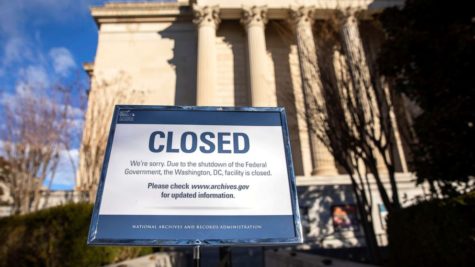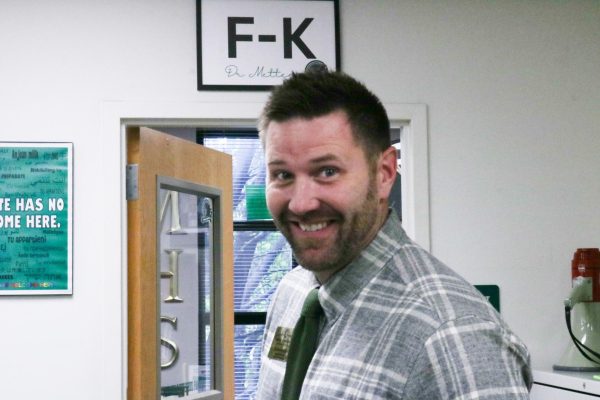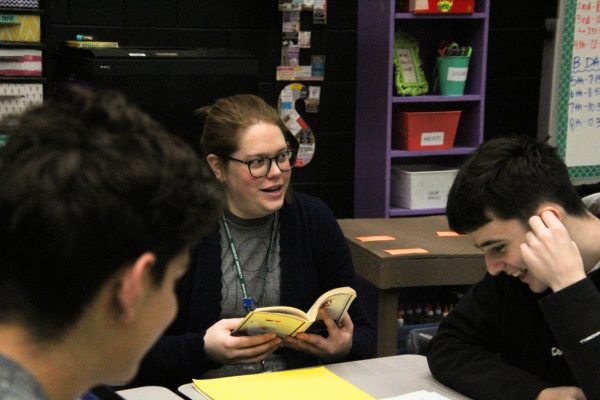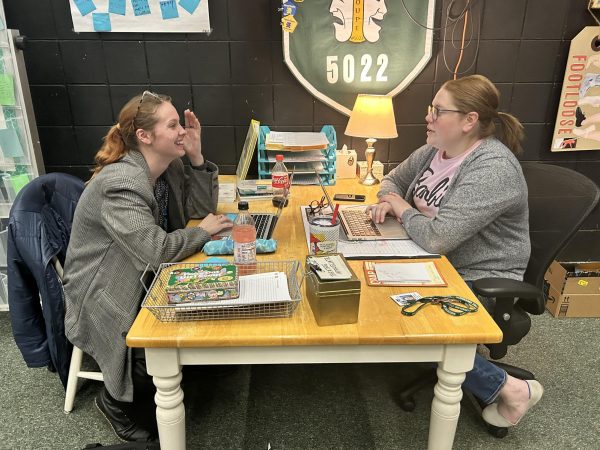STDs Hit Record High in U.S.
Photo by Matthew Prior
In 2017, St. Louis was ranked second in the nation for highest reports of sexually transmitted diseases (STDs), as reported by the St. Louis Post Dispatch.
Fifty percent of the population with STDs or sexually transmitted infections (STIs) are teens, according to Do Something.
According to the Guttmacher Institute, “On average, young people in the United States have sex for the first time at about age 17.”
While that statistic does not indicate the frequency of intercourse among teens, it does highlight the timing of the first experience.
School nurse Jaymee Kientzel says it only takes one time to get an STD or STI.
To be clear, an STD is not curable. Some are treatable, such as herpes, but one can not get rid of them. The herpes virus always stays in your system and can continue to cause outbreaks.
“Although all STDs are preceded by STIs, not all STIs result in the development of STDs,” according to the STD Project.
An STI is curable. STIs such as chlamydia are cured with a pill prescribed from a doctor, according to the Supporting Positive Opportunities with Teens (The Spot). After the pill is taken, there should be a follow up for the patient to make sure the virus has completely left the body.
Fortunately, STDs and STIs are preventable.
There are only two methods to prevent getting one of these.
The first and safest method is abstinence. Abstinence is refraining from sexual activity. Abstinence completely eliminates the transfer of fluids, which is how STDs and STIs are spread.
The next method is using condoms. Stay Teen says that condoms are 82 percent effective for typical use; meaning that while the condom brand may advertise a higher percentage, they advertise the percentage based on perfect usage. The truth about condoms is that not everyone puts them on perfectly, and that can lower their effectiveness. They also break. Even a tiny tear can lead to transmitting an infection or disease.
Contraceptives are not effective at all for preventing STDs and STIs.
The effects of an STD or an STI can be physical and emotional, especially during high school years. There can be embarrassment, guilt, disgust and stress. One might also feel violated. Furthermore, a teen may not feel comfortable seeking help, from fear of someone finding out.
For the sake of the teen’s health, he or she should confront an adult who can direct the teen to a place that can help. For many high schoolers, the school nurse is a good option.
“I ask why they’re concerned, what symptoms they’re having, activity they may be engaging in and then we give resources and places they can go for further evaluation,” said Kientzel.
Another fear teens may have that can prevent them from finding help is the fear of their parents finding out.
“Unless I feel a student is at harm or in danger of making some life altering decisions, then I will tell a parent. But I’m able to keep things confidential,” said Kientzel.
Some places available to teens for counseling and information are the Spot, St. Louis Effort for AIDS, True Vine Christian Services, Guided Solutions Counseling and Mediation, St. Louis County Health and Planned Parenthood.

Kayla Saller is a senior in her third year at the Mehlville Media journalism program and the Features Editor. She enjoys covering news and hanging out...












